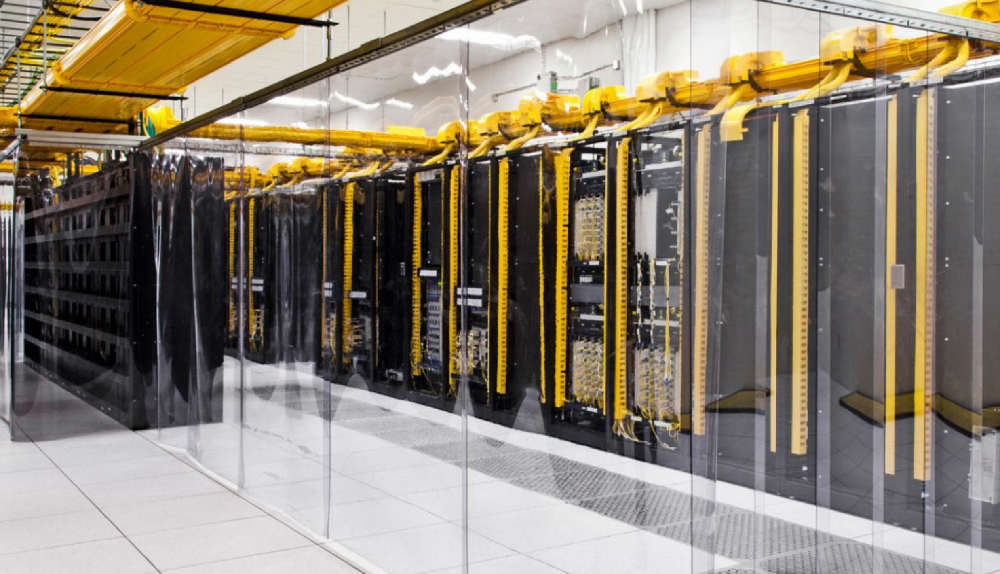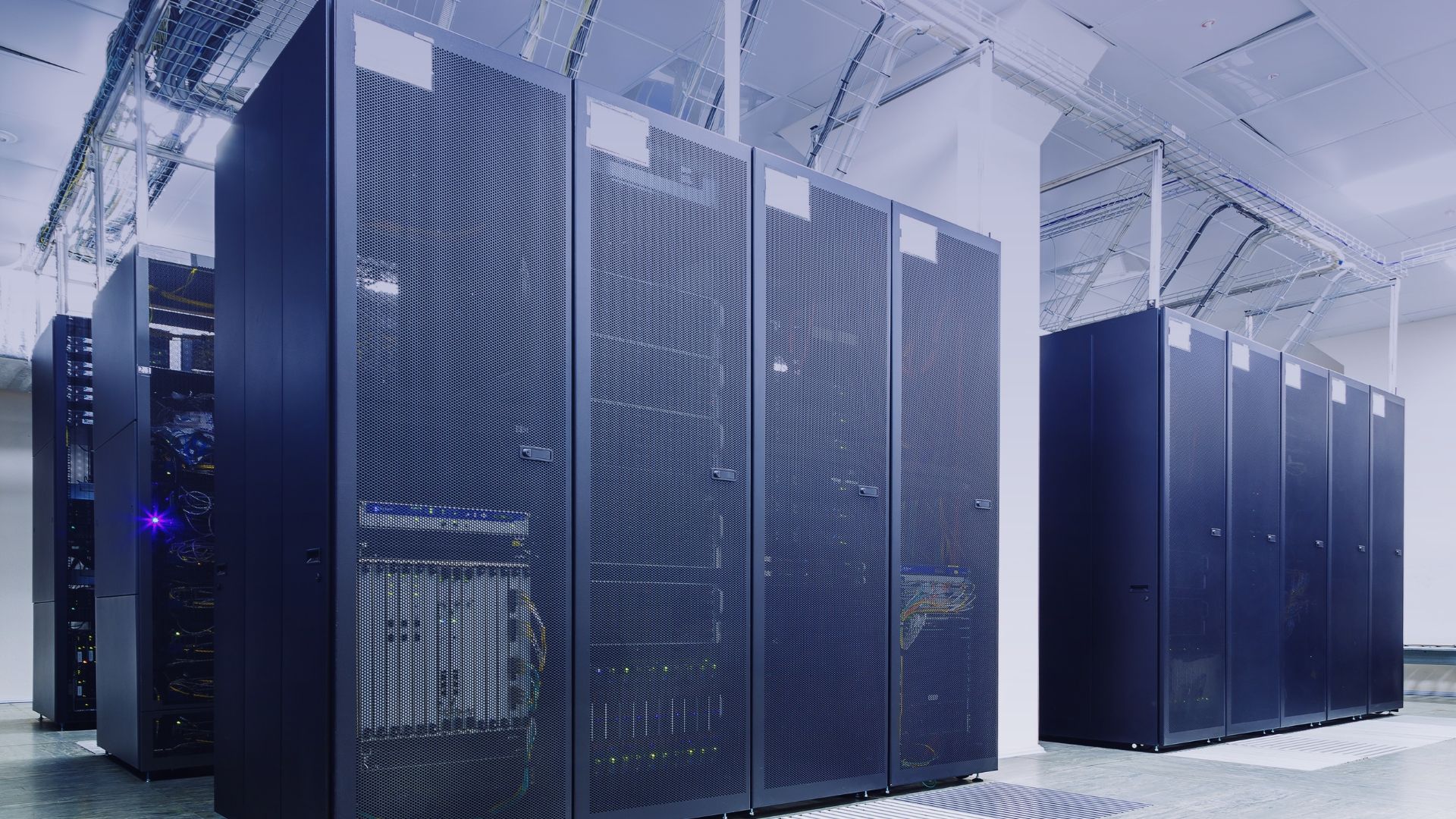Beyond the Price: The Total Cost of Ownership (TCO) in Data Centers
Data centers are high-value financial assets for any organization. Evaluating their Total Cost of Ownership (TCO) is essential, as it includes all costs related to acquisition, design, construction, operation, and maintenance over the asset’s lifecycle. Surprisingly, few senior executives fully understand the true cost of building and operating these facilities, which are often spread across IT, networking, and real estate/facilities departments, making them difficult to manage.
A TCO-based approach to maintenance means making decisions with the big picture in mind, not just solving immediate issues. This can lead to reduced costs and risks, increased reliability and uptime, and more informed investment decisions. For example, investing in high-efficiency IT equipment can be far more cost-effective in the long run than initially expected, even if it raises the purchase price.
Costs are divided into two main categories:
• Capital Expenditures (CapEx): These include the initial purchase of IT equipment (servers, storage, networking), site infrastructure (power and cooling), architectural and engineering fees, land costs, fire suppression systems, and the construction of IT infrastructure (racks, cabling). In one study, site infrastructure costs accounted for the largest portion of installed costs, even exceeding IT capital expenses.
• Operating Expenses (OpEx): They include the cost of electricity, network fees, IT site management and facilities staff, maintenance, cleaning, security, and property taxes. Electricity cost is a very significant operational component.
A key finding from TCO models is that site infrastructure capital costs often exceed IT hardware capital costs. Additionally, about one-quarter of total annualized costs are operating expenses, while three-quarters are capital expenditures.
The business case for energy efficiency is one of the most important uses of a TCO model. Improvements in IT equipment efficiency not only generate direct energy savings but also significant avoided infrastructure costs. For example, a 20 percent reduction in total server electricity use could result in direct electricity cost savings and substantially reduce facility capital costs. This justifies significant investments in IT equipment efficiency, even if it increases the initial purchase price. Additionally, efficiency improvements can allow a facility to host more revenue-generating servers.
Challenges and Strategies in Cost Management:
• Energy Consumption: It is one of the largest operating costs. Solutions include AI-driven systems that monitor and adjust energy use in real time.
• Scalability Planning: Overprovisioning or underprovisioning are common issues. Planning involves aligning capacity with actual demand using predictive analytics.
• Regular Maintenance and Audits: They prevent unexpected failures and extend equipment lifespan by identifying inefficiencies.
• Virtualization and Cloud Integration: They reduce the need for physical hardware by consolidating workloads, leading to lower capital and operating expenses.
• Efficient Cooling Solutions: Advanced technologies like liquid cooling or free cooling can drastically reduce energy consumption for temperature management.
• Spare Parts Management: Challenges include poor data quality, complex and unpredictable supply chains, inadequate tools, and difficulty finding parts. Digitizing processes can unify data and optimize search and inventory.
By adopting a TCO perspective and applying these strategies, companies can achieve greater efficiency, sustainability, and profitability in their data center operations.
Sources:
• Excerpts from “A Simple Model for Determining True Total Cost of Ownership for Data Centers”
• Excerpts from “Comprehensive Guide to Mastering Cost Management in Data Center Operations”
• Excerpts from “Top five data center facilities management best practices – JLL”
• Excerpts from “The top 4 issues facing spare parts management in 2024”



